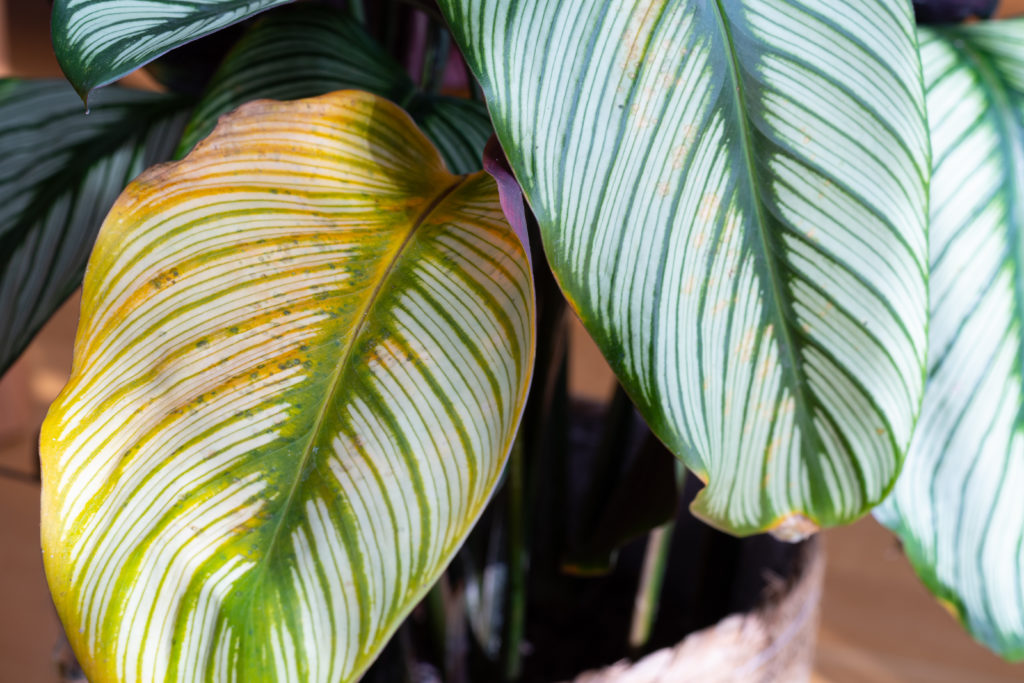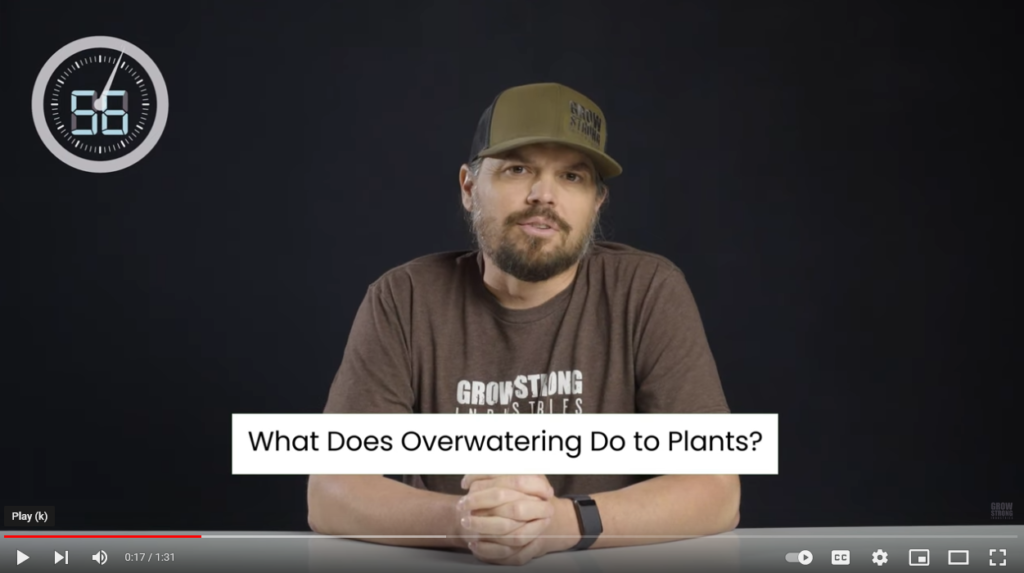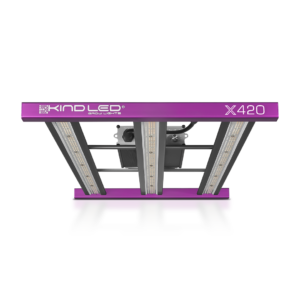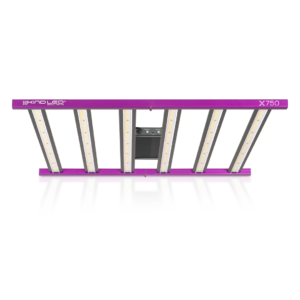Too much of a good thing definitely applies to indoor growing.
Plants can get too much light, too many nutrients at once, and yes…even too much water! So how can you give a plant too much of the most essential compounds for life itself? Let’s take a look.
What does watering do for a plant?
This seems like an obvious question, but in order to understand overwatering, we need to look at what water really provides for plant growth!
Since plants don’t have blood, water flowing through their xylem (plant veins, basically) carries nutrients from the soil throughout the rest of the plant.
Plants don’t have bones either, so their cells being full of water is what keeps their green material strong and upright! Think of a plant of being made of lots of water balloons–if the balloons are full, they’ll be full and healthy! If not? You see saggy stems, wilted leaves, and an unhappy harvest.
What does overwatering do to a plant?
Now that we know what regular water does for a plant, the question remains–how is it possible to overwater? Essentially, all plants have a threshold for how much water they need–depending on both their species and environment. Indoor plants are especially susceptible to overwatering because their roots are contained and because evaporation in their soil is less rapid in an indoor environment.
So what can happen?
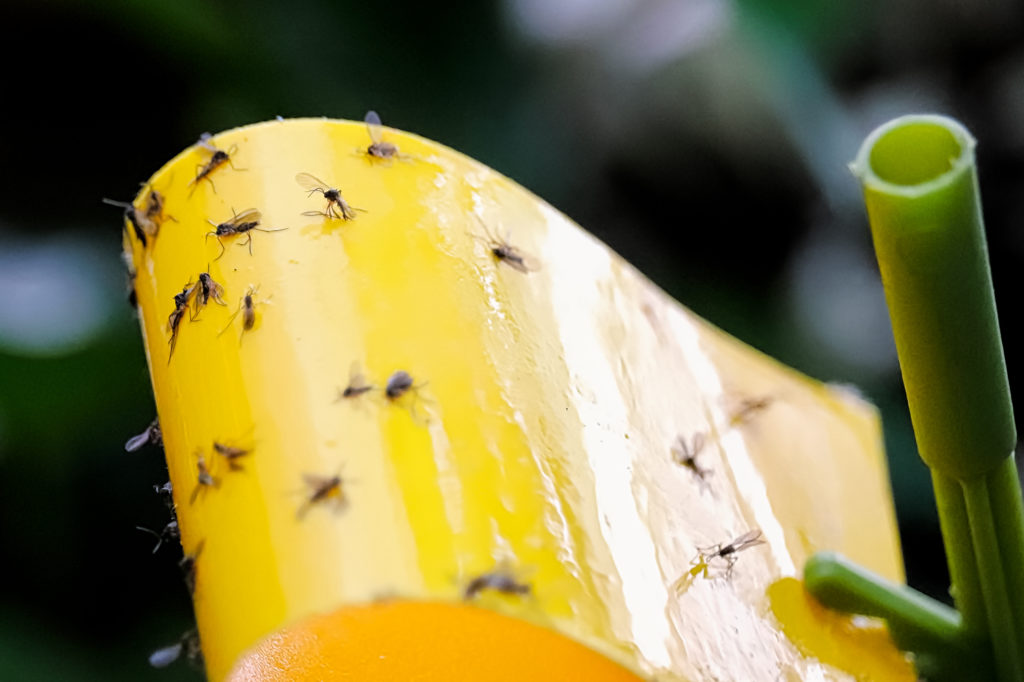
Fungus gnats
Where there’s fungus? There’s fungus gnats. These annoying insects proliferate in overwatered soil, and both feed on and spread harmful fungi through an infected plant, and any other plants nearby! They breed quickly, spread to grocery items if left unchecked, and worst of all…they love the light of computers and cell phones. By the time you kill one, you’ve already got an infestation on your hands!
Plant Suffocation
How do you suffocate something without lungs? Plants ‘breathe’ after a fashion in a process called transpiration. Stomata (think tiny nostrils on leaves) release water vapor to both cool the plant, and work with the xylem to move water through the cells. When there’s too much water to expel easily? That plant ‘drowns’!
Soil Microbe Overgrowth
All soil has some level of other life in it–invisible to the naked eye…until it isn’t. Fungi like the hemp leaf-killing powdery mildew and root rot causing fusarium multiply out of control in overly moist environments, and then continue to feed on your plants!
Tissue degradation.
Remember that water balloon metaphor from earlier? Well, just like you can underfill one–over filling leads to a pop! As the cell walls burst, your plant will get sicker and sicker as its functions shut down around those cells, and its accumulated injuries allow microbes easy pickings.
What are signs of overwatering in indoor plants?
How can you tell your plant might be getting a little too wet? You may see:
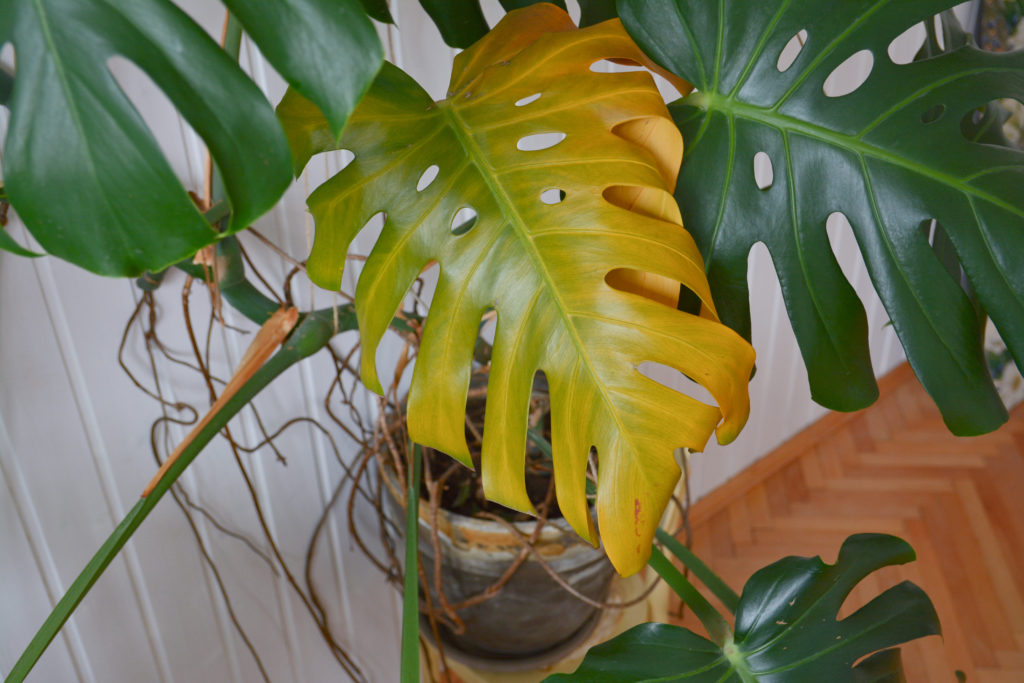
Yellowed leaves
As chloroplasts start to fail, and nutrients get over-diluted within the cells, your plant will lose its chlorophyll! Non-green ornamental plants will show signs of other discoloration–getting darker, or more pale than usual, depending on their species.
Drooping leaves
As the ‘water balloons’ pop, your plant’s cell walls will lose their structural integrity and begin to flop! This in turn creates less surface area for light to enter, and for photosynthesis to continue. It also compresses the stomata, and prevents transpiration from occurring properly. In other words, it’s a self-perpetuating cycle that can get out of hand fast!
Slow growth
Nothing thrives in the wrong environment! Just like a sick animal, a sick plant struggling to breathe and absorb nutrients won’t continue to grow! If your plant has been stuck in stasis for months at a time, and it’s not a slow-growing tree, overwatering may be delaying your harvests and cutting down on your décor!
How can you tell the difference between over and underwatering?
We know what you’re thinking. ‘Yellow leaves? Drooping? That’s exactly the same as a plant that’s too dry!’
Serial succulent killers and overprotective plant parents, take heart. There are differences in the symptoms that will tell you what the situation really is!
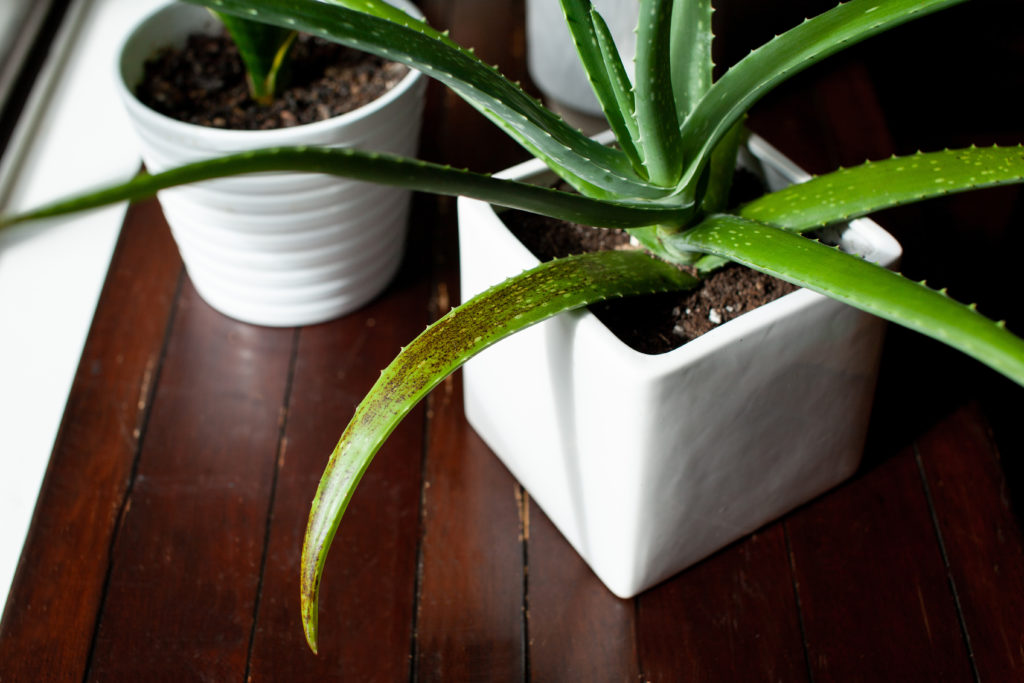
How heavy is the pot?
Got a strong core? Brace yourself, and lift your plant (with your LEGS), pot and all. If it seems like a hard task for the size of the plant, you’re probably overwatering. You’ll also probably feel dampness or even wetness on the drainage holes at the bottom of the container, or see water collected on the floor or plant plates! If you feel water, it’s definitely time cut down on the fluids.
Are the leaves crunchy or wilted?
Give your plant’s leaves a gentle pinch. If you feel a crumbly, papery texture and the leaf falls to pieces in your hand, you’ve got a thirsty unit. However if your fingers get covered with smeared, wet bits of plant, that drooping is the result of overwatering.
Where are the leaves yellowing?
Not all discoloration is the same! If your plant is yellowing at the very tips of the leaves –it means water isn’t traveling through to the most extreme points (just like frostbite in humans), and is a sign of dryness. If your leaves are yellow and brown all around the edges, it’s a sign that they’re getting too full. Here’s a handy rhyme: If the brown surrounds, your plant is drowned!
Can you “pinch an inch”?
Most mature plants need infrequent, deeper watering, rather than to stay constantly moist up to their stems–even notoriously thirsty plants like hemp! Wash your hands (to prevent pathogens spreading), then stick your finger into the soil. If you’re feeling moisture up to your second knuckle, your plant is overly moist, and can use a little time to dry out.
How is it possible to overwater your plants if you can grow hydroponically?
Hydroponic growing is the controlled growth of plants with no soil. Rather the plants’ roots are put directly into water–and not only can they grow this way, they can thrive! So how is that not the same as giving too much water?
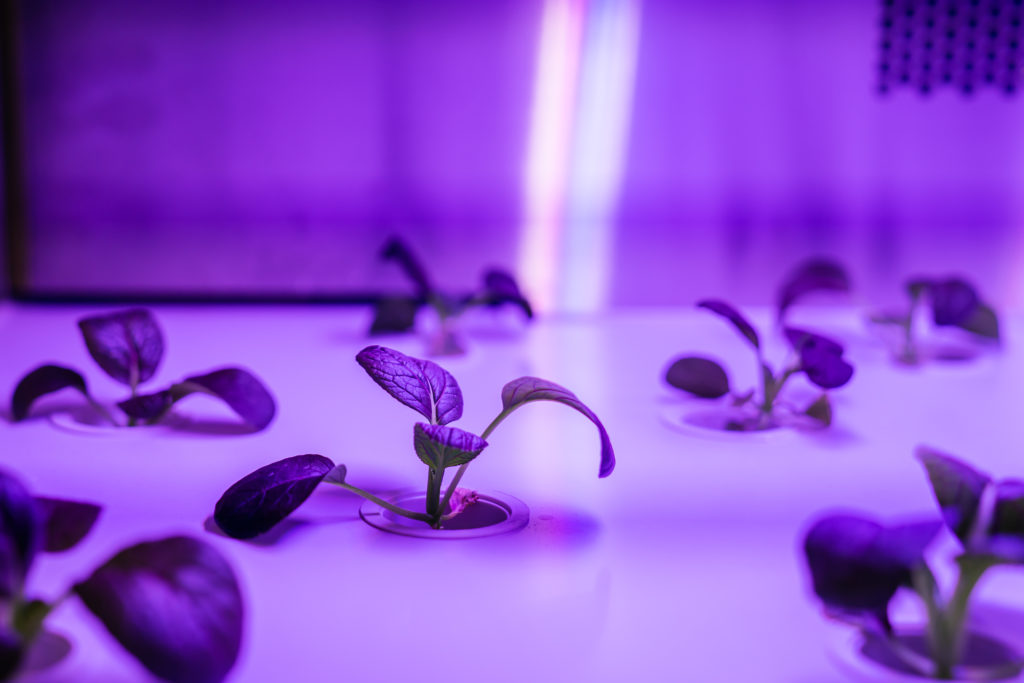
There are two main keys, and they both have to do with the ‘bubblers’ keeping things lively under the surface.
Oxygenation
Plant suffocation is due to an overabundance of water to air ratio. Because hydroponic setups for plants have aerators bubbling away at the bottom of the roots, the oxygen flows, and the plants get the break that they need.
Movement
Think of the smell of stagnant water.
Don’t dwell on that unpleasantness, but consider. That smell is due to bacteria, mosquito nurseries, mold, and other substances unpleasant to larger animals and plants alike! The movement of the water in a hydroponic grow tent deters the deleterious growth of the microbes and parasites that thrive in still water–while the closed nature of the grow tank keeps plants stable.
Looking for more grower tips and tricks?
Watch this space, and this space! Our YouTube channel features our bite-sized grower education series One Minute Wednesdays, with new videos captured weekly! Got questions for us? Your comments could drive our next video, so like, subscribe, and check it out!
